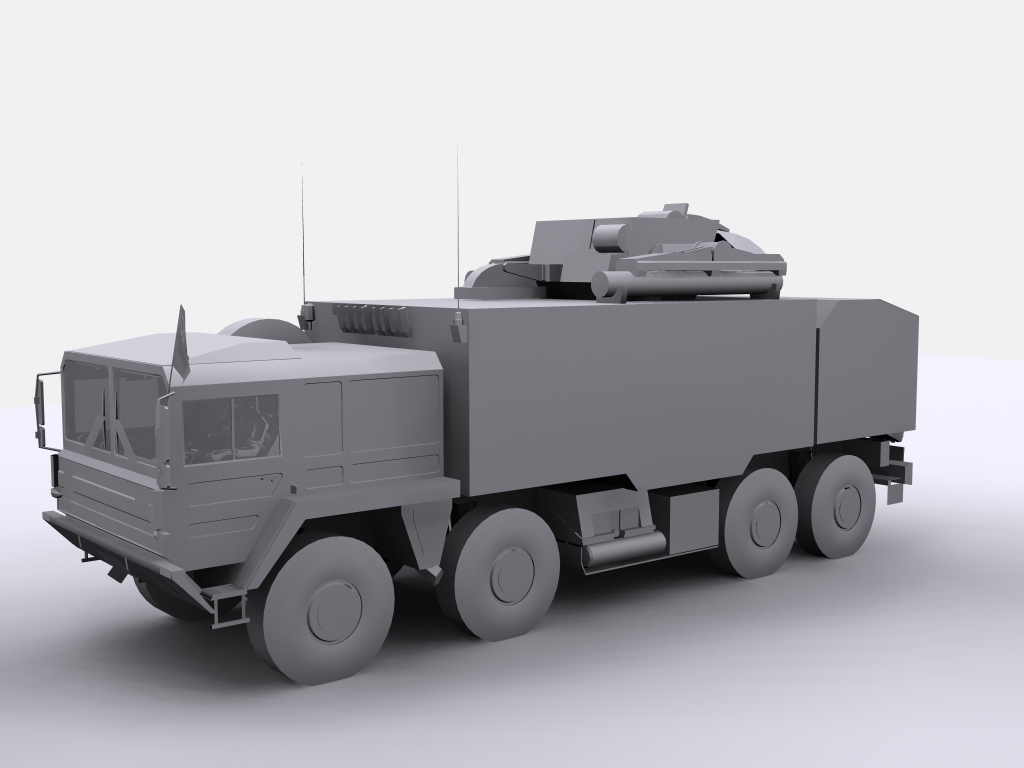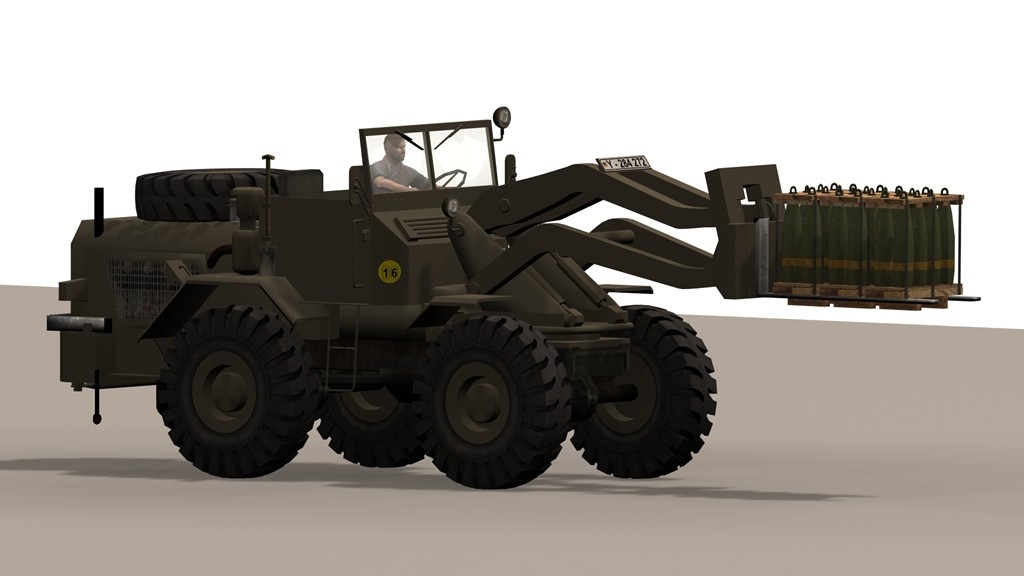

Many publications have shown that the instability of rock engineering is often manifested in the form of the slip of the blocks formed by the intersection of joints. In practice, not only the failure mechanism but the secure method used in the unstable engineering work should be studied. Studying the failure process and degradation characteristics of rock joints under dynamic loading is critical for analyzing the failure mechanism of unstable work under dynamic disturbance.


That is to say the strength deterioration of rock joints bears significant advent impacts to the geotechnical disasters. The collapse, landslides, and many other geological disasters may occur under engineering disturbance. Many studies have indicated that the large-scale engineering work destroyed the original stress balance of rock joints and influenced their shear behavior. However, in a variety of geomechanical engineering applications, such as rock quarrying, rock drilling, rock excavation, and rock blasting, rock joints may be stressed and failed dynamically. A considerable amount of work has been conducted to describe the shear behavior of rock joints. IntroductionĪn appropriate evaluation of shear behavior of rock joints is vital, for instance, when analyzing the stability of rock slopes, designing excavations in jointed rock, and designing rock-socked piles. Additionally, numerical results show that the number of key blocks was increased with the increasing impact velocities. The degradation of friction angle becomes more sensitive than that of cohesion. From theoretical analysis and experimental investigation, it was figured out that the shear strength of rock joints is degraded under dynamic disturbance. Implementing this method into the program of Geotechnical Structure and Model Analysis-3D (GeoSMA-3D) developed by the authors’ team, the visualization of key blocks was achieved. Considering the degradation of dynamic shear strength of rock joints and its influence on block stability, the method for determining key blocks under dynamic disturbance was given. The effect of engineering disturbance on shear strength of rock joints was measured, and a degradation coefficient was used to describe it quantitatively. The dynamic shear strength of rock joints was analyzed theoretically following the Coulomb-Navier criterion and further investigated experimentally by split Hopkinson pressure bar (SHPB) tests with impact velocities of 4.850 m/s, 8.722 m/s, 12.784 m/s, and 16.935 m/s. In this study, the influence of dynamic disturbance on rock joints was quantified in the form of stress, of which model was established by quasistatic method. Shear strength deterioration of rock joints and its induced instability of key blocks subjected to dynamic disturbance constitute the mechanism of many geological disasters such as rockburst, landslide, and rockfall.


 0 kommentar(er)
0 kommentar(er)
